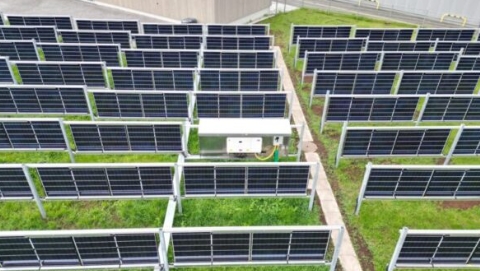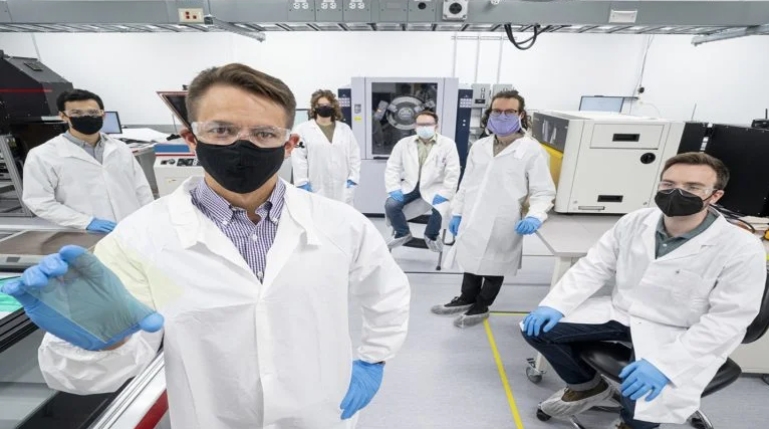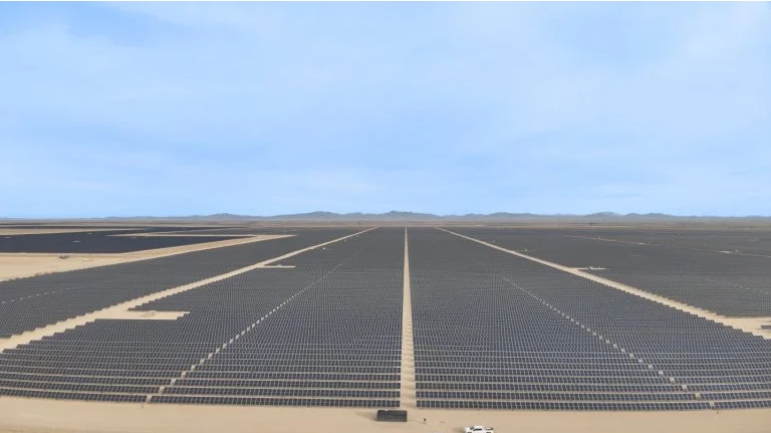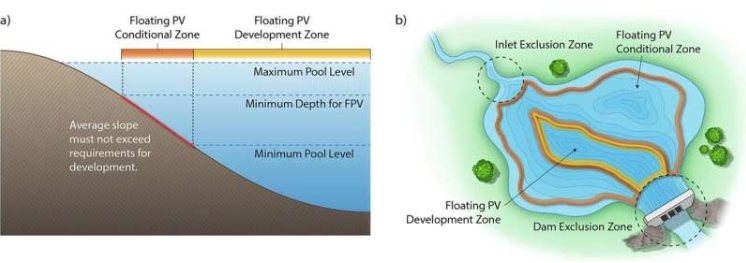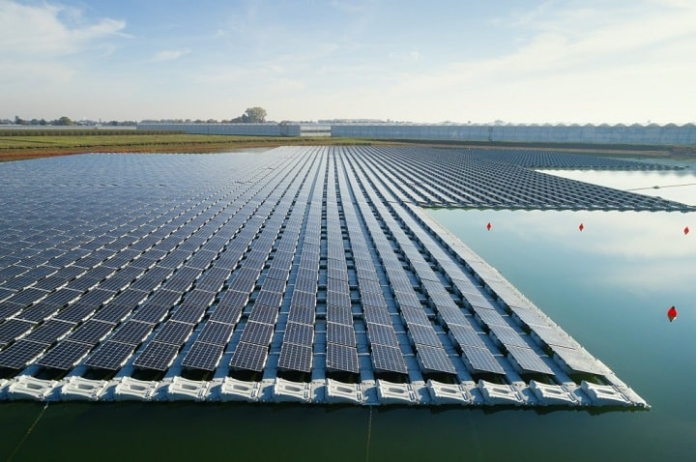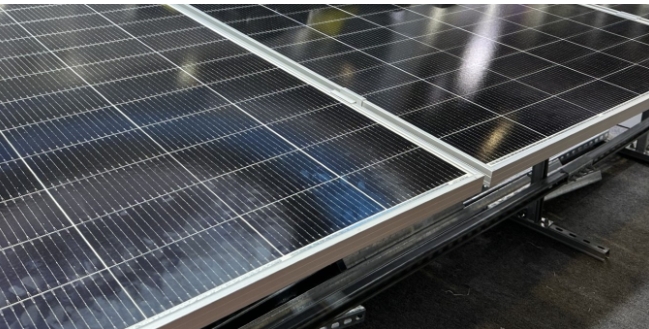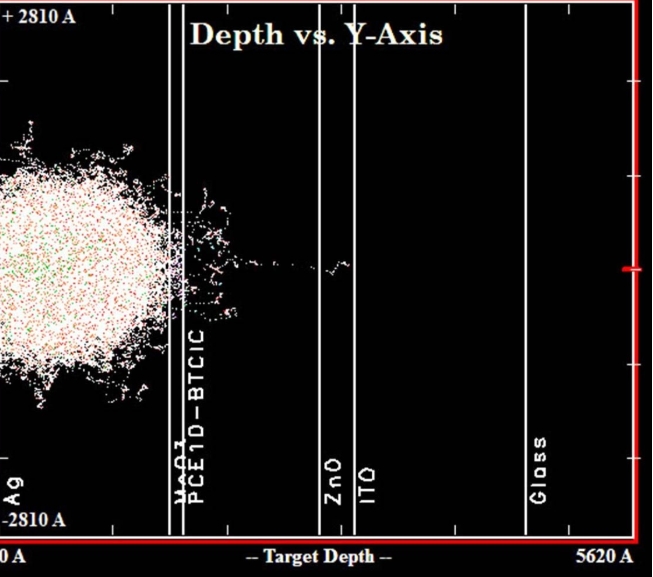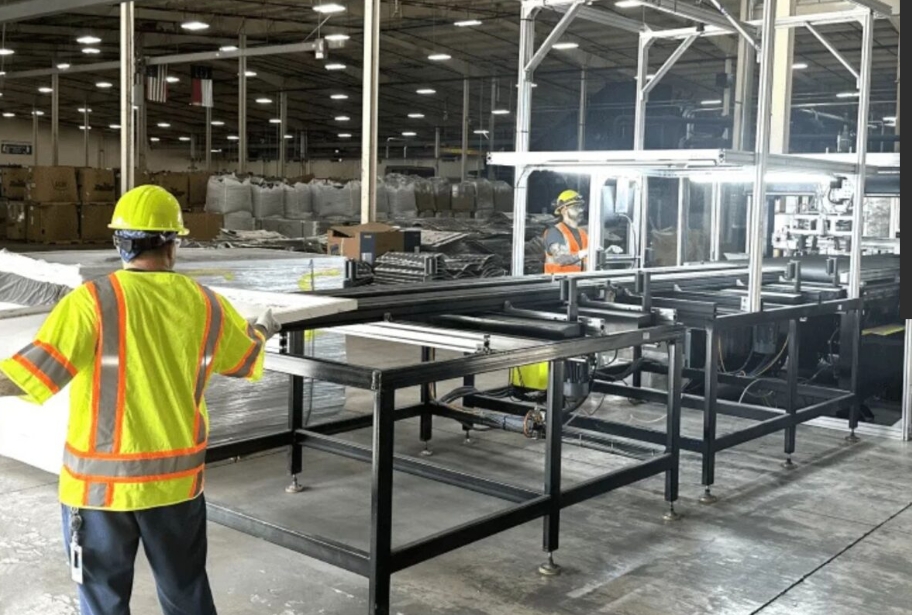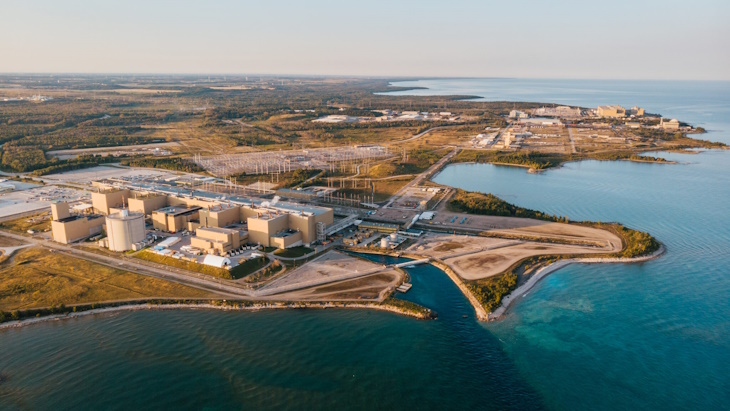
Bruce Power formally notified Canadian regulators of its intention to launch an Impact Assessment (IA) process for up to 4800 MWe of new capacity at the Bruce site in October last year: the project is known as Bruce C. The Bruce C IPD - which has now been made available by the Impact Assessment Agency of Canada (IAAC) - is part of that process. The IAAC and the CNSC are inviting Indigenous Peoples and the public to review the summary of the IPD and to provide feedback by 12 September.
"Bruce Power is evaluating the feasibility of expanding its nuclear fleet, to create an option for future electricity planning," the company said in the IPD. The project description uses a technology-neutral approach through use of a bounding Plant Parameter Envelope, or PPE, as the project basis: the final choice of technology will be made at a future point in time.
The bounding PPE currently includes the available information on four reactor designs: Atkins Réalis's MONARK pressurised heavy water reactor; Électricité de France's European Pressurised Water Reactor (known as the EPR); Hitachi-GE Nuclear Energy's Advanced Boiling Water Reactor (ABWR); GE Hitachi Nuclear Energy's BWRX-300; and Westinghouse's AP1000 pressurised water reactor. With the exception of the BWRX-300 small modular reactor, all these designs are large-capacity reactors.
The Bruce site, 18 kilometres north of the town of Kincardine in Bruce County, is home to eight operating Candu units: units 1-4 are known together as Bruce A and units 5-8 as Bruce B. The new project will be sited within the existing 932-hectare site, with new intake and discharge structures in Lake Huron. Alternative cooling strategies will be evaluated as part of the impact assessment process.
The company withdrew a previous application for up to four new reactors at the site in 2009 to focus on the refurbishment of the existing units, a process known as Major Component Replacement (MCR). The first to undergo the process, Bruce 6, returned to commercial operation last September, and work is progressing ahead of schedule on unit 3. In total, six of the eight units will undergo MCR in a project that will span the next 10 years and add 30-35 years to each plant's operating life.
"While our priority remains the safe, on-schedule completion of our Major Component Replacement projects, completing the IA (Impact Assessment) creates a valuable option for the future, and we are committed to proceeding in this process in a proactive, open, and transparent manner to engage Indigenous Peoples, local communities, and the broader public,” said Bruce Power Chief Operating Officer and Executive Vice-President James Scongack. The company is "uniquely positioned for potential expansion with decades of experience, a well-studied site with space for expansion, and an experienced workforce," he added.
According to the IPD, Bruce Power envisages the Impact Assessment process will take about 3-4 years to complete. Site preparation would then take around three years, from 2028-2031, with construction and commissioning taking around 14 years (2031-2045) with an operational lifespan of 60-100 years dependent on the technology selected.
In February, the Canadian government announced the provision of CAD50 million (about USD36 million) of funding to support pre-development work for the Bruce C project.
